A beautiful Zen garden at home is a valuable addition that can provide numerous benefits beyond just aesthetic appeal. A well-designed Zen garden can have a positive impact on both the physical and emotional well-being of homeowners. Creating a beautiful Zen garden at home is a relatively simple process that can be accomplished on a budget. For example, homeowners can use a variety of natural materials, such as rocks, sand, and gravel, to create a minimalist and serene environment. They can also incorporate elements such as bamboo, water features, or sculptures to add a sense of visual interest and dimensionality to the garden. In this article, we’ll take a closer look at the 08 best Zen garden ideas on a budget.
“Some people may refer to an ordinary garden as a Zen garden, but it is important to clarify that a Zen garden is a specific type of Japanese garden that has a unique design and purpose”
- What is Zen Garden?
- 1. Use Natural Materials
- 2. Simple Sand Zen Garden
- 3. Add a Water Feature
- 4. Create a Focal Point
- 5. Moss Zen Garden
- 6. Succulent Zen Garden
- 7. Herb Zen Garden
- 8. Zen Pathway
- Purpose and Direction of the Zen Garden
- Basic Principles and Rules for Creating a Zen Garden
- Conclusion
- Frequently Asked Questions (FAQs)
What is Zen Garden?
A Zen garden, also known as a Japanese rock garden, is a traditional Japanese garden that uses rocks, sand, and gravel to create a calming and meditative space. Zen gardens typically feature carefully arranged rocks and sand that are raked to create patterns, often symbolizing water ripples or waves. The design is meant to create a peaceful environment that promotes relaxation, meditation, and contemplation. Zen gardens are often found in Buddhist temples and monasteries, but can also be created in private homes or public spaces.
1. Use Natural Materials
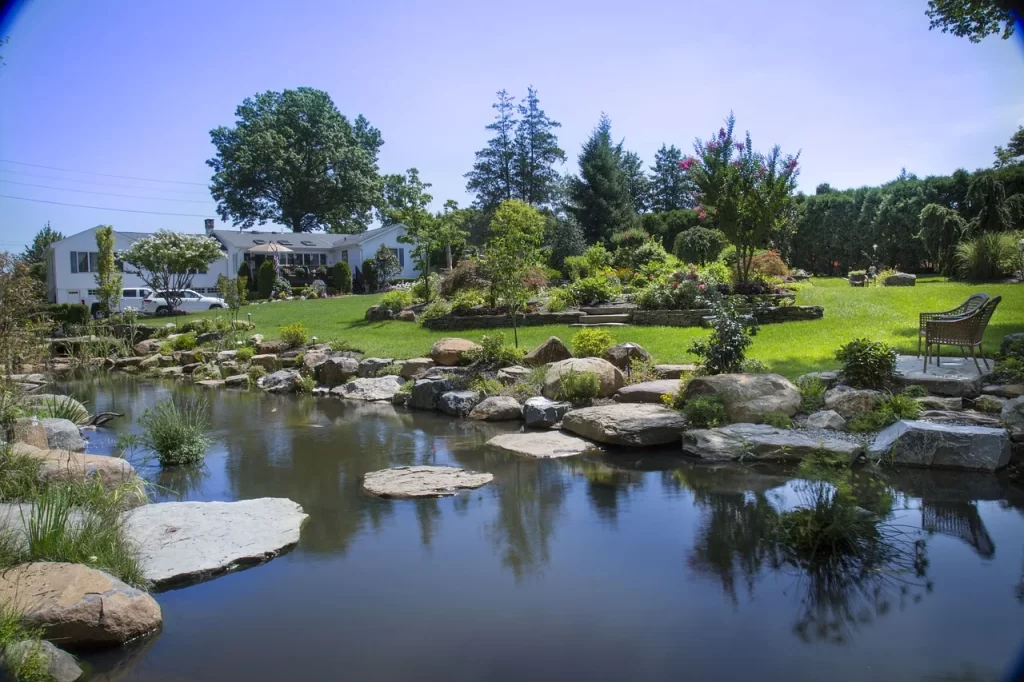

Zen gardens are all about creating a harmonious balance between nature and human design. Use natural materials like stones, plants, trees, and rocks to create the foundation of your Zen garden. These elements will add to the overall sense of tranquility.
A Zen garden should have a minimalist design, with clean lines and a simple color palette. Don’t overcrowd the space with too many elements.
2. Simple Sand Zen Garden

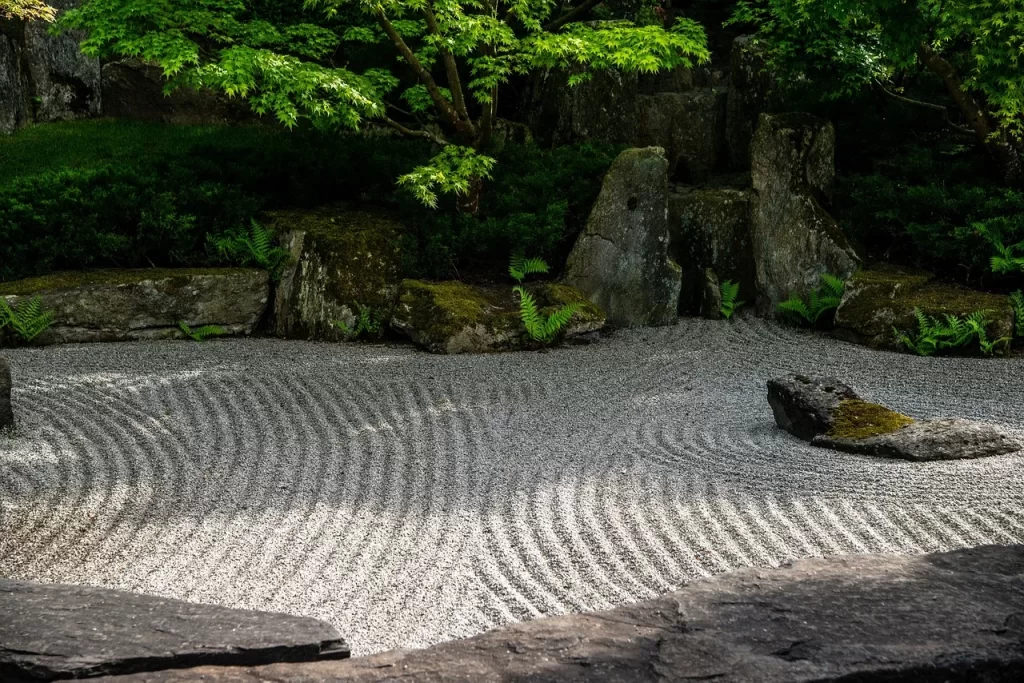
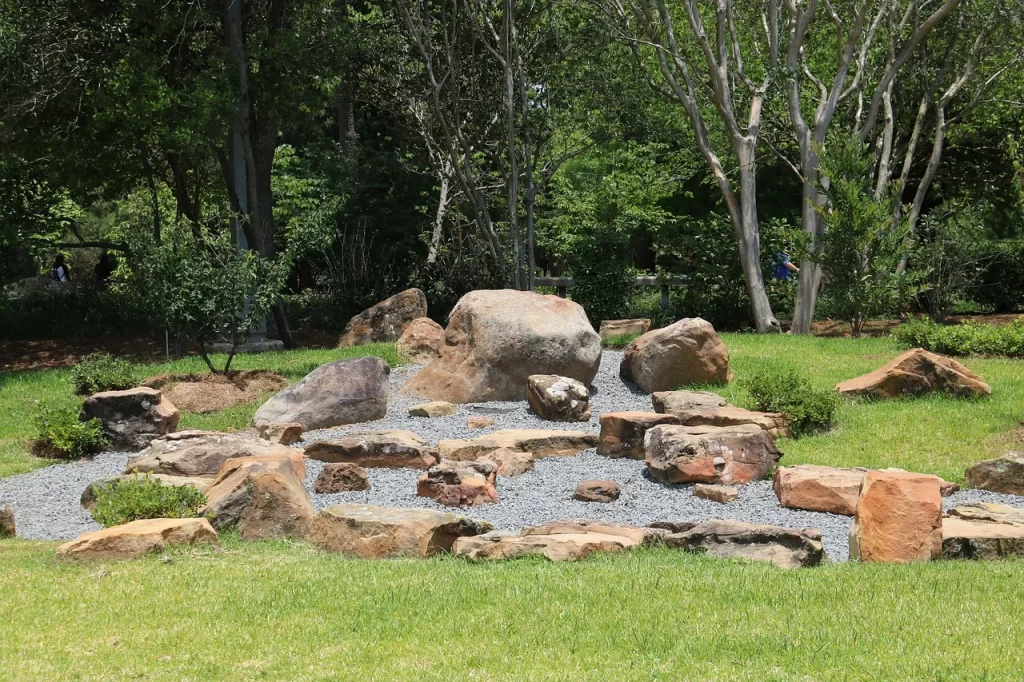
A Zen garden can be as simple as a sand garden. You can create a small area in your backyard or balcony with sand and some rocks. Rake the sand to create patterns and make it a meditation space.
Different types of stones in different sizes can also be used in the sand Zen garden to make it more attractive. Place them in a container or in the ground to create a beautiful natural space.
3. Add a Water Feature
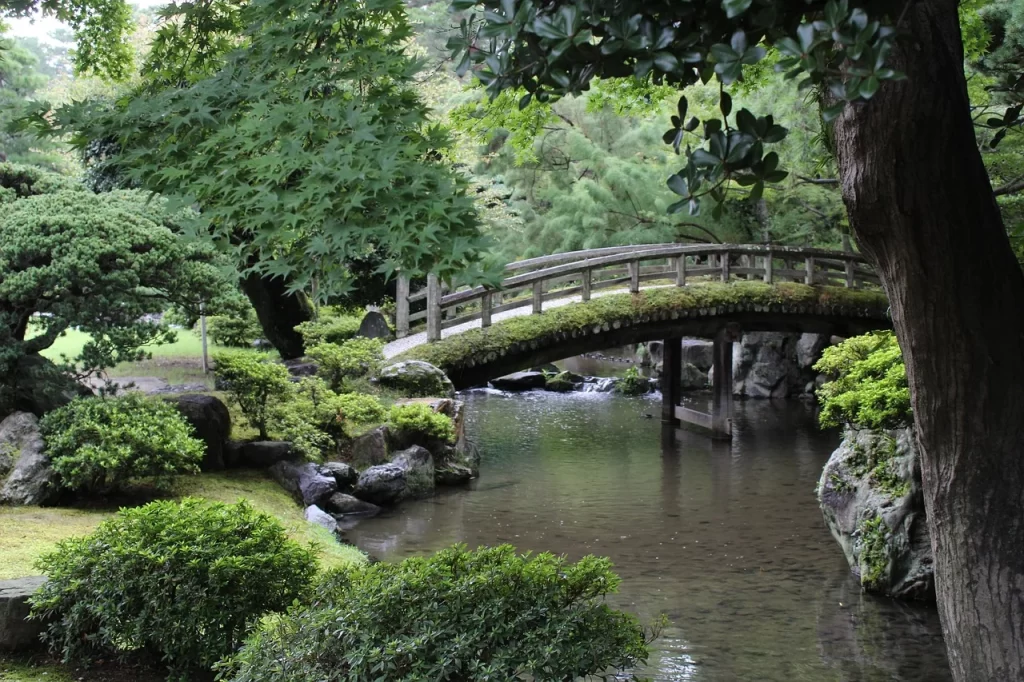
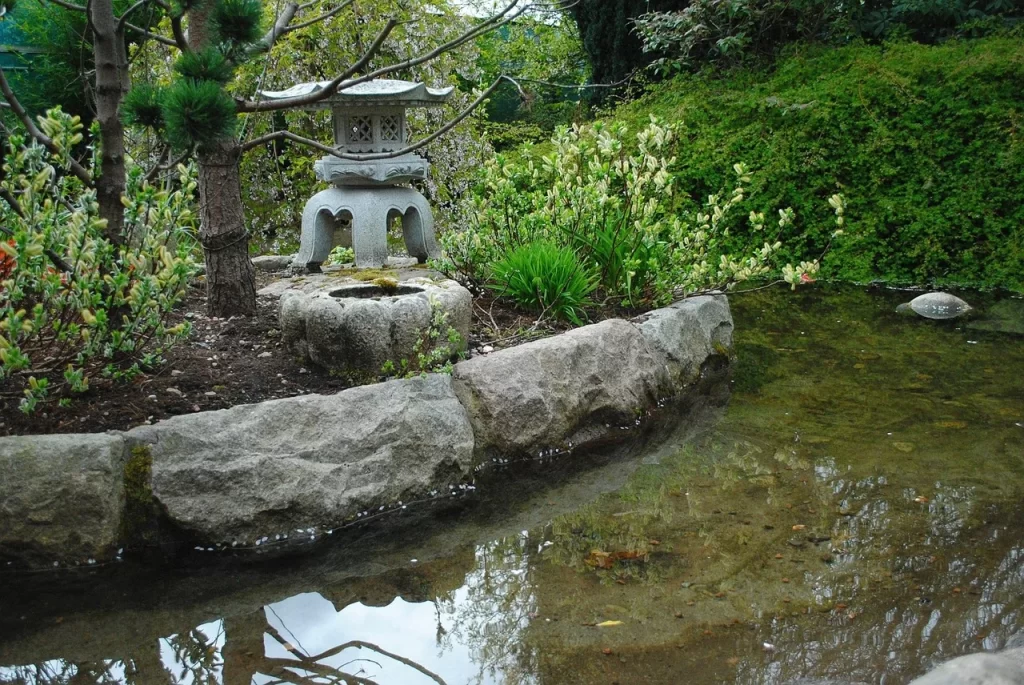
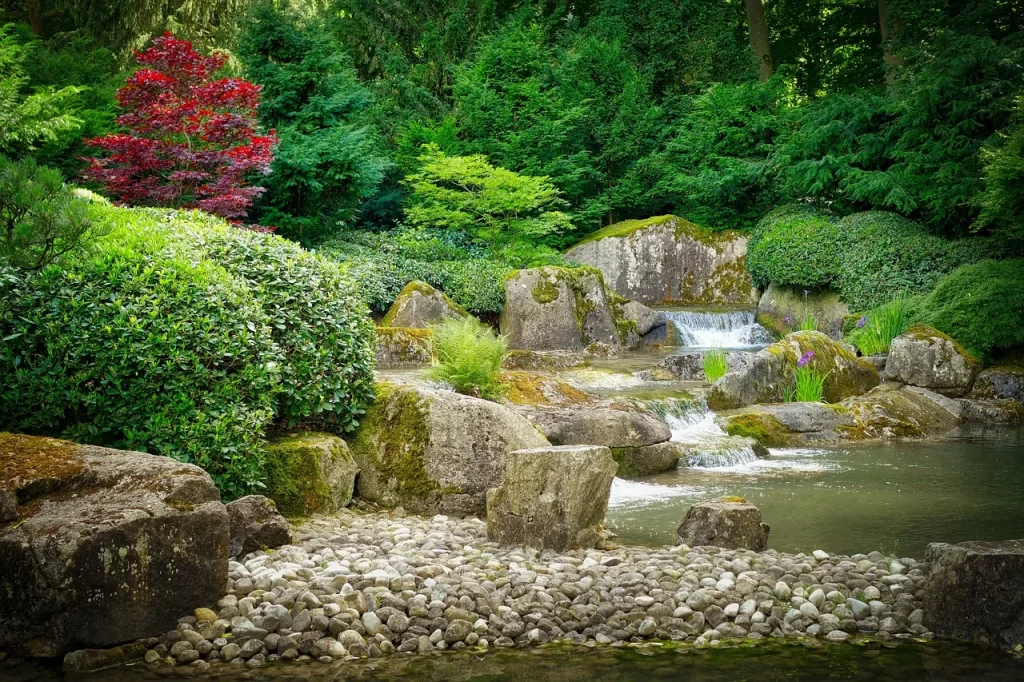
The sound of running water can be incredibly soothing and relaxing. Consider adding a small water feature, like a fountain or a small pond, to your garden.
Balance is key in a Zen garden. Use the elements of your garden to create a sense of harmony and balance, both visually and emotionally.
4. Create a Focal Point
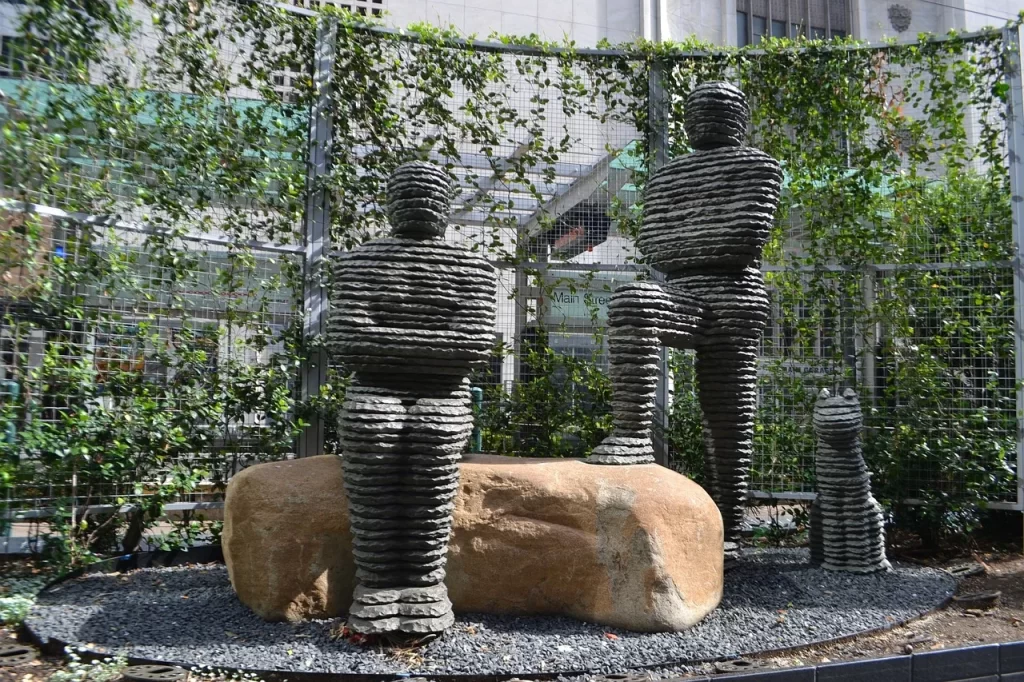
Every Zen garden needs a focal point, such as a statue, a large rock, or a carefully placed tree. This element should draw the eye and create a sense of balance and harmony.
Bamboo is a great choice for a Zen garden as it adds a natural element to the space. You can also use it to create a natural fence or to add height and interest to your garden.
5. Moss Zen Garden
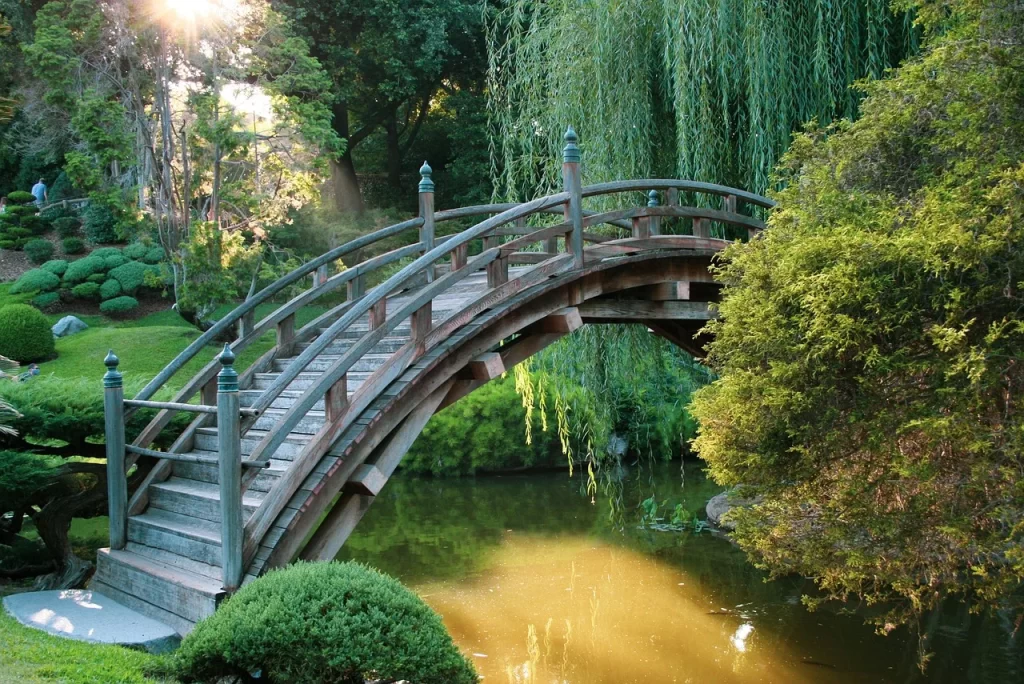
You can create a moss Zen garden on a budget by using some moss and rocks. Place the rocks in a small container and add the moss to create a beautiful green space.
The use of proper lighting can transform your Zen garden at night. Use low-voltage lights to highlight specific elements, like rocks or plants.
6. Succulent Zen Garden
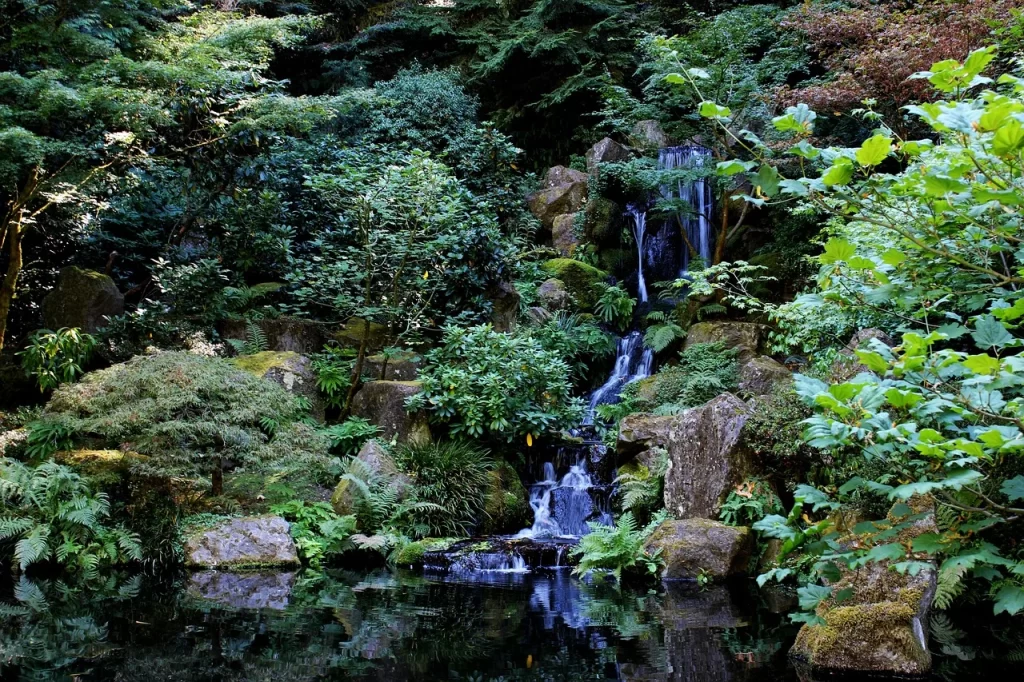
Succulents are easy to care for and add a unique look to your Zen garden. You can create a succulent garden by using a container or planting them in the ground. Add different textures, such as smooth stones and rough gravel, to add depth and dimension to your succulents Zen garden.
7. Herb Zen Garden

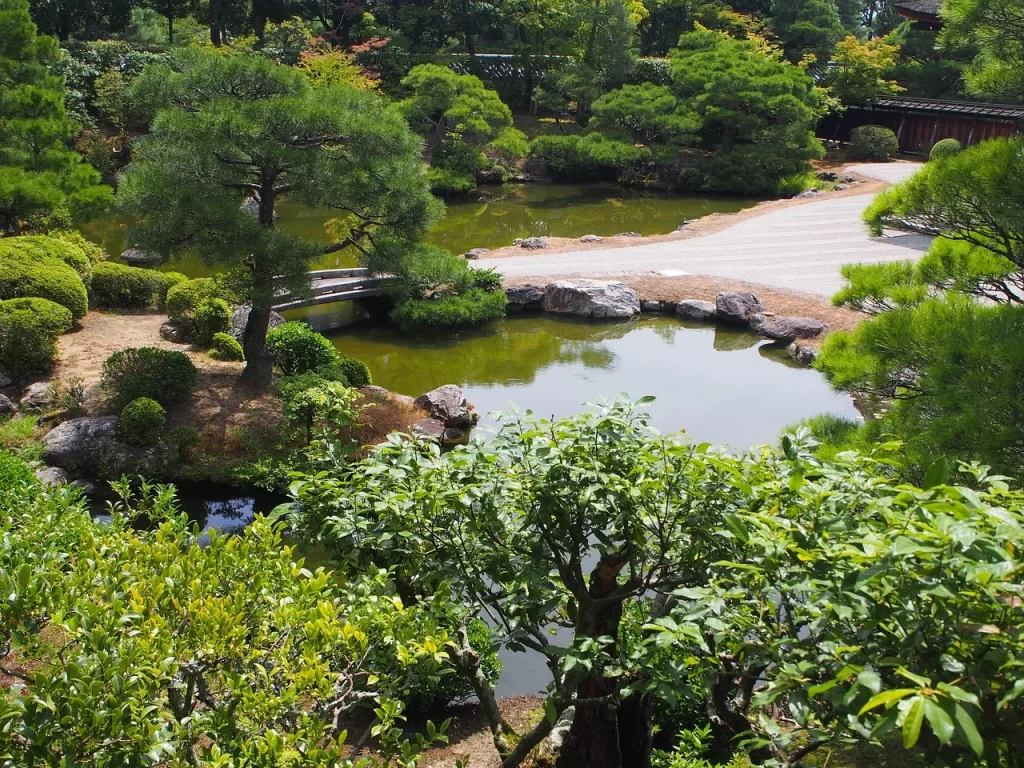
You can create a Zen garden with herbs by planting them in a container or in the ground. Herbs like lavender, sage, and thyme are great for a Zen garden as they have a calming effect.
Plants like chamomile, mint, and lemon balm can be added to Herb Zen garden on a budget. You can also add a small seating area to enjoy a cup of tea and relax in your Zen garden.
8. Zen Pathway
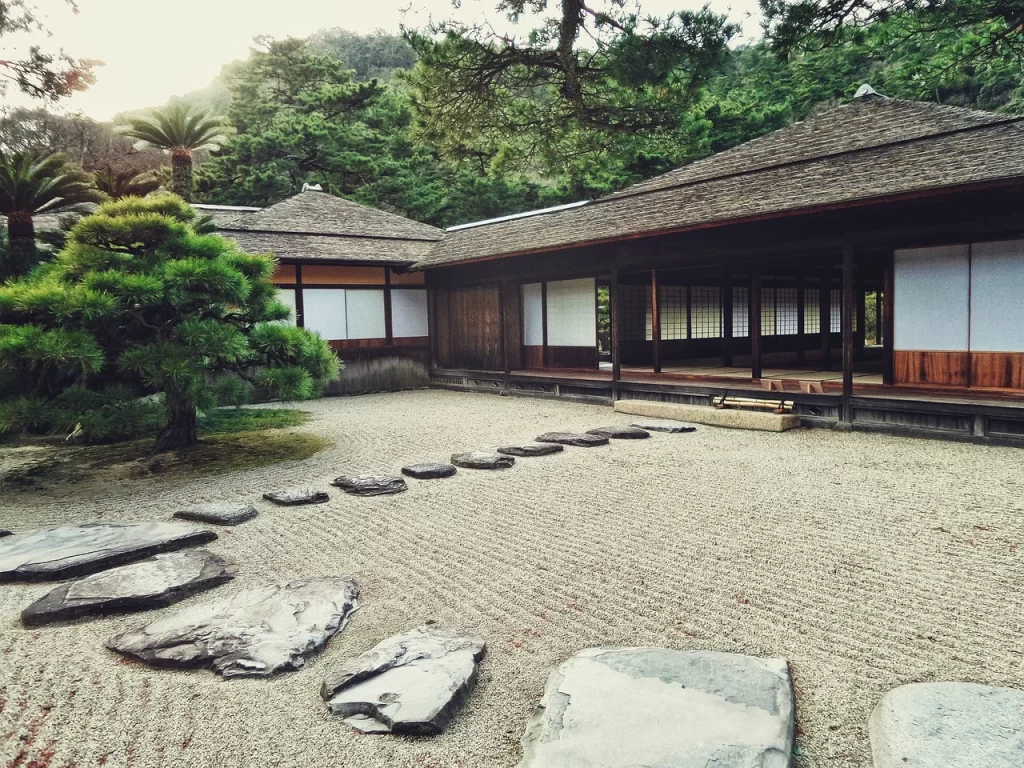
A Zen pathway can be created by using stones or gravel to create a path in your garden. It can lead to a seating area or a water feature, creating a beautiful and calming space.
Purpose and Direction of the Zen Garden
The Zen garden is a unique work of art in landscaping inspired by the Japanese. Nature for the Japanese since ancient times is a symbol of beauty and peace. Religions, philosophies, and ideas closely intersect with the outside world. First of all, it is a corner hidden from everyday life, which helps you to meditate, put your thoughts in order, admire the beauties, and find peace. Everything that is hidden in nature has magical powers that guide each person on their own path. Nature helps to know oneself, as it is the foundation of humanity.
Basic Principles and Rules for Creating a Zen Garden
Since Japanese traditions have developed over the centuries, the design of a Zen garden is a complex system in which any individual element and composition is important in its own way and carries a special meaning. The main goal is to achieve maximum harmony and create space for the contemplation of beauty.
The Principle of Simplicity and Maximum Return
The principle of simplicity is a central tenet of Zen philosophy and aesthetics. It emphasizes the beauty and elegance of simplicity, imperfection, and naturalness. In a Zen garden, this principle is expressed through the use of simple and natural elements such as rocks, gravel, sand, and plants, arranged in a minimalistic and balanced way. The garden is meant to evoke a sense of tranquility, harmony, and contemplation, and to help the viewer achieve a state of mindfulness and inner peace.
The principle of simplicity and the maximum return principle guide the design and maintenance of a Zen garden, creating a space that is both beautiful and meaningful, and that inspires a sense of mindfulness and inner peace.
Naturalness Comes First
In a Zen garden, this principle is expressed through the use of natural materials, such as rocks, sand, and plants, and by creating a sense of harmony between the garden and its surroundings. The goal is to create a space that feels tranquil and serene, and that encourages contemplation and introspection.
Asymmetry
Compositions and decorative elements in space are arranged asymmetrically. To achieve this, Zen garden designers often use elements such as asymmetry, irregularity, and roughness to create a sense of naturalness and imperfection. They also pay close attention to the garden’s relationship with the surrounding environment, taking into account factors such as light, wind, and water to create a harmonious and balanced space.
Water
In most gardens, a pond is an indispensable part of the landscape, as water symbolizes life and change. This is a kind of “engine” of the garden, on which many concepts are based.
Odd Numbers
Anything that is plural in the garden should be odd. This is borrowed; this principle states that elements in a design should be grouped in odd numbers, such as three, five, or seven, rather than even numbers.
In a Zen garden, this principle is expressed through the use of odd numbers of rocks, plants, and other elements. For example, three rocks might be placed together to create a sense of balance and harmony, while five plants might be arranged in a way that creates movement and energy. The use of odd numbers is thought to create a sense of asymmetry and naturalness, which is consistent with the overall aesthetic of Zen gardens.
The principle of odd numbers is also thought to be psychologically pleasing to the viewer. It is believed that odd numbers create a sense of tension and visual interest, which draws the viewer’s attention and encourages contemplation. Even numbers, on the other hand, are thought to be too predictable and static, and may not create the same sense of visual interest.
Natural Color Palette
This principle is rooted in the traditional Japanese aesthetic of “wabi-sabi,” which celebrates the beauty of imperfection and naturalness. Green is the dominant color, you will not find a predominance of another gamut in it, and so the main accents are created through experiments with the texture of needles and leaves. Color accents are often used only to highlight the seasons of the year.
More Free Space
In order to independently achieve the desired effect in creating a Zen garden, you need to remember about space. No pomp and glamor – the space should embody freedom.
Garden Paths
Many gardeners have questions at this particular stage of building a Zen garden. Generally, paths are often not only elements of zoning but also works of art. Often these are smooth, undulating paths that reveal something new to the eye at every turn.
Solitude
Solitude is an important aspect of Zen garden design, as it is intended to create a space for quiet reflection and introspection. The garden is designed to be a place where one can escape from the distractions and noise of daily life, and find a sense of peace and tranquility.
In a Zen garden, solitude is created through the use of space and the arrangement of elements. The garden is often designed with a sense of openness and simplicity, with few or no distractions that might pull the viewer’s attention away from the present moment. This can be achieved through the use of empty spaces, simple lines, and minimalistic features.
Orientation
Psychologically, it so happened that a person’s gaze has a direction: from left to right. This rule also works with the arrangement of elements, do not forget about it. For example, a correctly composed composition of stones, playing with the eye of the viewer, is able to bring depth to any space.
Conclusion
A beautiful Zen garden can be an affordable and simple addition to any home. By incorporating natural materials, minimalist design, and a focus on balance and harmony, homeowners can create a tranquil and soothing space that provides numerous benefits to their physical and emotional well-being. Whether you have a large backyard or just a small balcony, there are many ways to create a Zen garden that is both beautiful and budget-friendly. Did you find this article helpful? you can explore our home decor category for home decoration-related content.
 SlushWeb Live the Way You Love
SlushWeb Live the Way You Love



